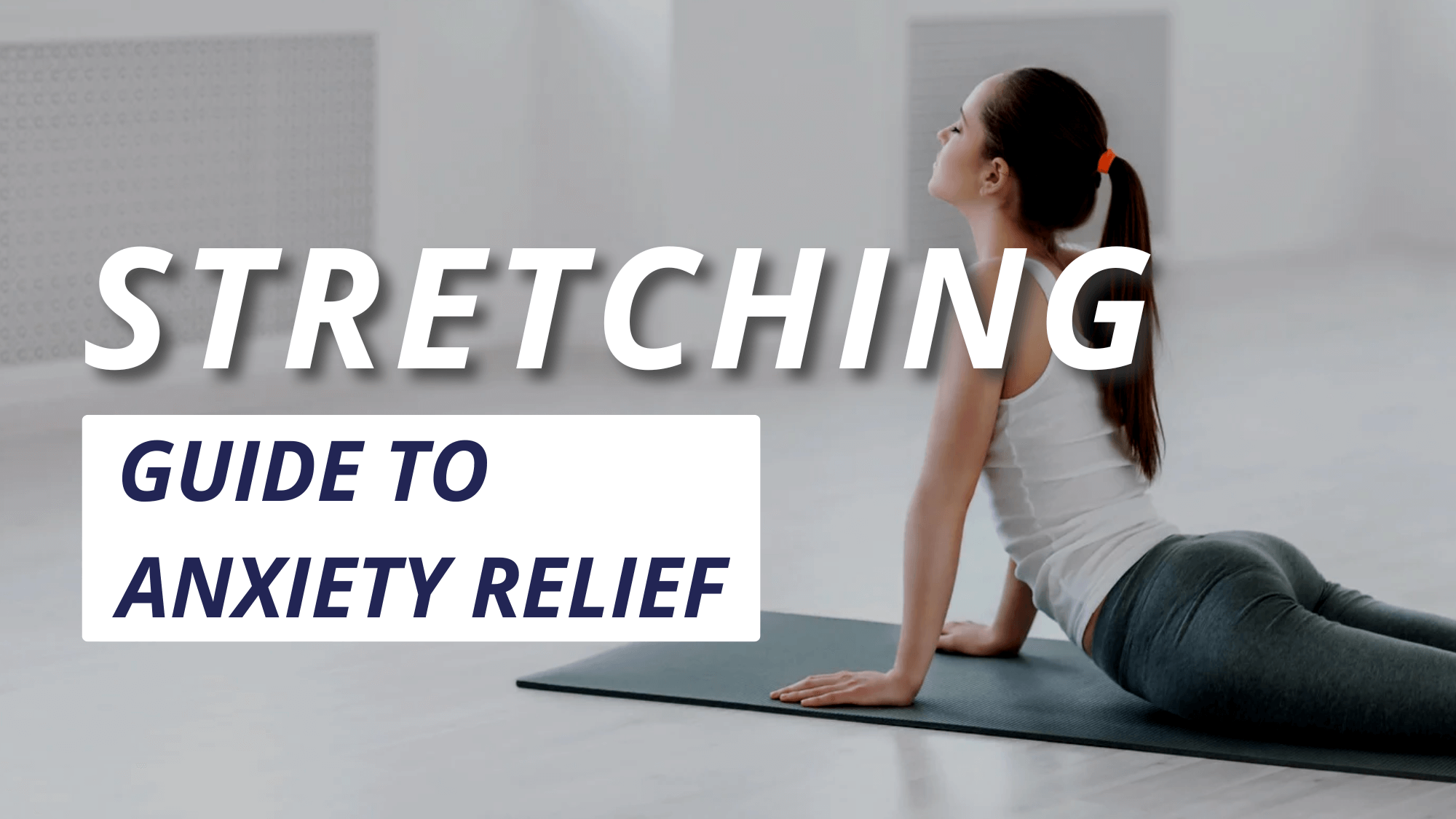Stress Less, Live More: Practical Mindfulness for Busy Humans
Let’s face it, life in the 21st century feels like being strapped to a rocket ship, constantly blasting towards…well, more. More deadlines, more emails, more social obligations, more pressure to achieve, more, more, more! It’s no wonder stress has become as commonplace as our morning coffee. We wear our busyness like a badge of honor, but secretly crave those moments of peace – you know, the ones where your mind isn’t buzzing like a beehive?
Here’s the good news: finding calm amidst the chaos is entirely possible. And no, it doesn’t require transforming into a monk and meditating on a mountaintop (though, wouldn’t that be lovely?). Practical mindfulness is about weaving simple, yet powerful, techniques into your everyday life. Think of it as hitting the “pause” button on autopilot, allowing yourself to truly experience the present moment without the usual mental commentary of worries, to-dos, or regrets.
Ready to ditch the overwhelm and embrace a more mindful, joyful existence? Let’s dive into some actionable strategies you can implement today:
1. Start Small, Build Your Mindfulness Muscles
Don’t pressure yourself to become a zen master overnight. Just like starting a new exercise routine, begin with small, manageable steps. Dedicate even just 5-10 minutes each day to a specific mindfulness practice:
- Mindful Breathing: Find a comfortable position, close your eyes, and simply notice the natural rhythm of your breath. As you inhale, feel your abdomen expand; as you exhale, feel it contract. If your mind wanders (and it will!), gently guide your attention back to your breath.
- Body Scan Meditation: This practice brings awareness to your physical sensations. Sit or lie down comfortably. Starting with your toes, mentally scan your body, noticing any sensations – warmth, coolness, tingling, pressure, or even just the feeling of your clothing against your skin.
- Mindful Observation: Choose an everyday object – a flower, a piece of fruit, a cup of tea. Engage all your senses as you observe it. Notice the colors, textures, shapes, scents, and even sounds associated with your chosen object.
Consistency is Key: The more you practice, the more natural mindfulness will become. Think of it like building a muscle; the more you use it, the stronger it gets.
2. Turn Everyday Activities into Opportunities for Mindfulness
You don’t need a special cushion or a secluded retreat to practice mindfulness. The magic happens when you infuse it into your everyday routine:
- Mindful Eating: Instead of shoveling down your lunch at your desk while answering emails, transform your meal into a mindful experience. Put your phone away, silence notifications, and savor each bite. Pay attention to the colors, textures, aromas, and flavors of your food. Notice how it makes you feel – physically and emotionally.
- Mindful Walking: Whether you’re commuting, taking a break from work, or simply strolling around your neighborhood, ditch the headphones and engage with your surroundings. Feel the ground beneath your feet with each step. Notice the breeze against your skin, the sounds of nature (or the city) around you, the sights that capture your attention.
- Mindful Showering: Yes, even showering can become a mindfulness practice! Feel the warmth of the water on your skin, the scent of the soap, the sound of the water cascading around you. Notice the act of washing your hair, the feeling of the shampoo, the sensations of rinsing.
The key is to bring your full attention to the present moment, engaging your senses and noticing the often overlooked details of your daily activities.
3. Befriend Your Breath – Your Constant Anchor to the Present Moment
Your breath is a powerful tool for calming your nervous system and bringing you back to the present. Throughout the day, take a few moments to simply observe your breath flowing in and out naturally.
When stress arises, try this simple breathing exercise:
- Inhale deeply through your nose, allowing your abdomen to expand like a balloon.
- Hold your breath for a count of 4.
- Exhale slowly and fully through your mouth, feeling your abdomen contract.
Repeating this cycle for a few minutes can do wonders for calming your mind and body.
4. Cultivate an Attitude of Gratitude – Shift Your Focus to the Good
Gratitude is like a mental reset button. Instead of dwelling on what’s lacking, it helps you appreciate the abundance already present in your life.
Try these simple gratitude practices:
- Gratitude Journaling: Before bed, take a few minutes to jot down three things you’re grateful for. They don’t have to be monumental; even small things like a delicious meal, a kind gesture, or a beautiful sunset count.
- Share Your Gratitude: Express your appreciation to someone you care about. Tell them why you’re grateful for them, or simply share something positive that happened during your day.
- Mental Gratitude List: While stuck in traffic, waiting in line, or anytime you feel your mind racing, take a few moments to mentally list things you’re grateful for. It could be your health, your loved ones, your talents, your home – anything that brings a sense of appreciation.
5. Digital Detox: Reclaim Your Time and Attention from the Tech Vortex
In our hyper-connected world, it’s easy to get sucked into the digital vortex of notifications, emails, and social media scrolling. While technology has its benefits, it’s essential to create healthy boundaries to protect your mental well-being.
- Tech-Free Zones: Designate certain areas of your home as tech-free sanctuaries. The bedroom and dining table are excellent places to start. This allows you to fully engage with loved ones or simply enjoy the peace of those spaces without digital distractions.
- Schedule Device Breaks: Just like you need breaks from work, your mind needs breaks from devices. Schedule regular intervals throughout the day to step away from your phone and computer. Use this time to engage in mindful activities like going for a walk, reading a book, or simply relaxing and doing nothing.
- Curate Your Social Media: Unfollow accounts that leave you feeling inadequate, envious, or negative. Be mindful of the content you consume and how it makes you feel. Remember, social media is often a highlight reel, not a true reflection of reality.
6. Practice Self-Compassion: Treat Yourself with Kindness, Especially When You’re Struggling
Life is messy, unpredictable, and rarely goes according to plan. It’s easy to be hard on ourselves when we make mistakes or experience setbacks. However, self-compassion is essential for navigating life’s challenges with grace and resilience.
- Challenge Negative Self-Talk: Pay attention to the way you talk to yourself. Would you speak to a friend the way you sometimes speak to yourself? If not, it’s time to shift the dialogue. Challenge negative self-talk with kinder, more supportive statements.
- Acknowledge Your Common Humanity: Remember that you’re not alone in your struggles. Everyone experiences challenges, setbacks, and moments of self-doubt. Recognizing this shared human experience can help you feel less isolated and more connected.
- Practice Self-Care: Make time for activities that nourish your mind, body, and spirit. This could be anything from taking a warm bath, reading a good book, spending time in nature, or engaging in hobbies that bring you joy.
7. Connect with Nature: Tap into the Healing Power of the Great Outdoors
Nature has an incredible ability to soothe the soul and quiet the mind. Countless studies have shown the positive effects of nature on reducing stress, improving mood, and boosting overall well-being.
- Make Time for Nature Walks: Even a short walk in a park or green space can do wonders for your mental health. Pay attention to the sights, sounds, and smells of nature. Notice the trees, the plants, the birds, the clouds – all the elements that create a sense of peace and tranquility.
- Bring Nature Indoors: If you can’t get outside, bring nature indoors. Houseplants, fresh flowers, and even nature photography can help create a calming atmosphere.
- Plan Nature Escapes: Schedule regular outings to immerse yourself in nature. Go for a hike in the woods, spend a day at the beach, go camping under the stars – whatever resonates with you and helps you feel connected to the natural world.
8. Move Your Body, Calm Your Mind: The Powerful Connection Between Physical Activity and Stress Reduction
Exercise isn’t just good for your physical health; it’s a powerful stress reliever. When you move your body, you release endorphins, which have mood-boosting effects.
- Find an Activity You Enjoy: The key is to find an activity you genuinely enjoy and look forward to. This could be anything from dancing, swimming, hiking, biking, or simply taking a brisk walk.
- Make It a Social Activity: Invite a friend to join you for a workout or join a fitness class. Social interaction can enhance the mood-boosting benefits of exercise.
- Listen to Your Body: Don’t push yourself too hard, especially when you’re feeling stressed. Choose activities that feel good for your body and mind.
9. Seek Support: Remember, You Don’t Have to Go It Alone
Sometimes, we need a little extra support to navigate life’s challenges. Don’t be afraid to reach out to others when you’re feeling overwhelmed.
- Talk to Someone You Trust: Share your feelings with a trusted friend, family member, therapist, or support group. Talking about what’s going on can help you gain perspective and feel less alone.
- Seek Professional Help: If you’re struggling to manage stress on your own, consider seeking professional help. A therapist can provide you with tools and strategies to cope with stress, anxiety, and other mental health concerns.
10. Embrace the Journey: Mindfulness is a Practice, Not a Destination
Remember, mindfulness is not about achieving a state of perpetual bliss or eliminating stress altogether. Life will always have its ups and downs, and that’s perfectly okay. Mindfulness is about learning to navigate life’s challenges with more awareness, acceptance, and kindness towards yourself.
There will be days when you forget to practice, days when stress feels overwhelming, and that’s alright. The key is to approach yourself with self-compassion and gently guide yourself back to the practices that nourish your well-being.
FAQs – Your Mindfulness Questions, Answered
Q: I can’t seem to quiet my mind. My thoughts race a mile a minute, especially when I try to meditate. Is this normal?
A: Absolutely! It’s completely normal for your mind to wander, especially when you’re first starting a mindfulness practice. Meditation isn’t about stopping your thoughts; it’s about learning to observe them without judgment and gently guiding your attention back to the present moment. Think of your thoughts as clouds passing through the sky. Acknowledge them, let them drift by, and refocus on your breath or your chosen anchor.
Q: I don’t have time for mindfulness. I’m constantly on the go! What can I do?
A: Mindfulness doesn’t require hours of dedicated practice. Even a few minutes throughout the day can make a difference. Try incorporating mindful moments into your existing routine. Practice mindful breathing while stuck in traffic, savor your morning coffee without distractions, or take a few minutes to connect with nature during your lunch break.
Q: What are the benefits of practicing mindfulness?
A: The benefits of mindfulness are numerous and well-documented. Studies have shown that mindfulness can:
- Reduce stress and anxiety
- Improve focus and concentration
- Enhance emotional regulation
- Increase self-awareness
- Promote better sleep
- Strengthen relationships
Q: How long does it take to see the benefits of mindfulness?
A: The beauty of mindfulness is that you can experience benefits from the very first practice. However, like any new skill, consistency is key. The more you incorporate mindfulness into your life, the more profound and lasting the benefits will become.
By integrating these practical mindfulness techniques into your daily life, you can transform stress from a constant companion into a fleeting visitor. You have the power to create a life filled with more peace, joy, and meaningful connection – one mindful moment at a time.




